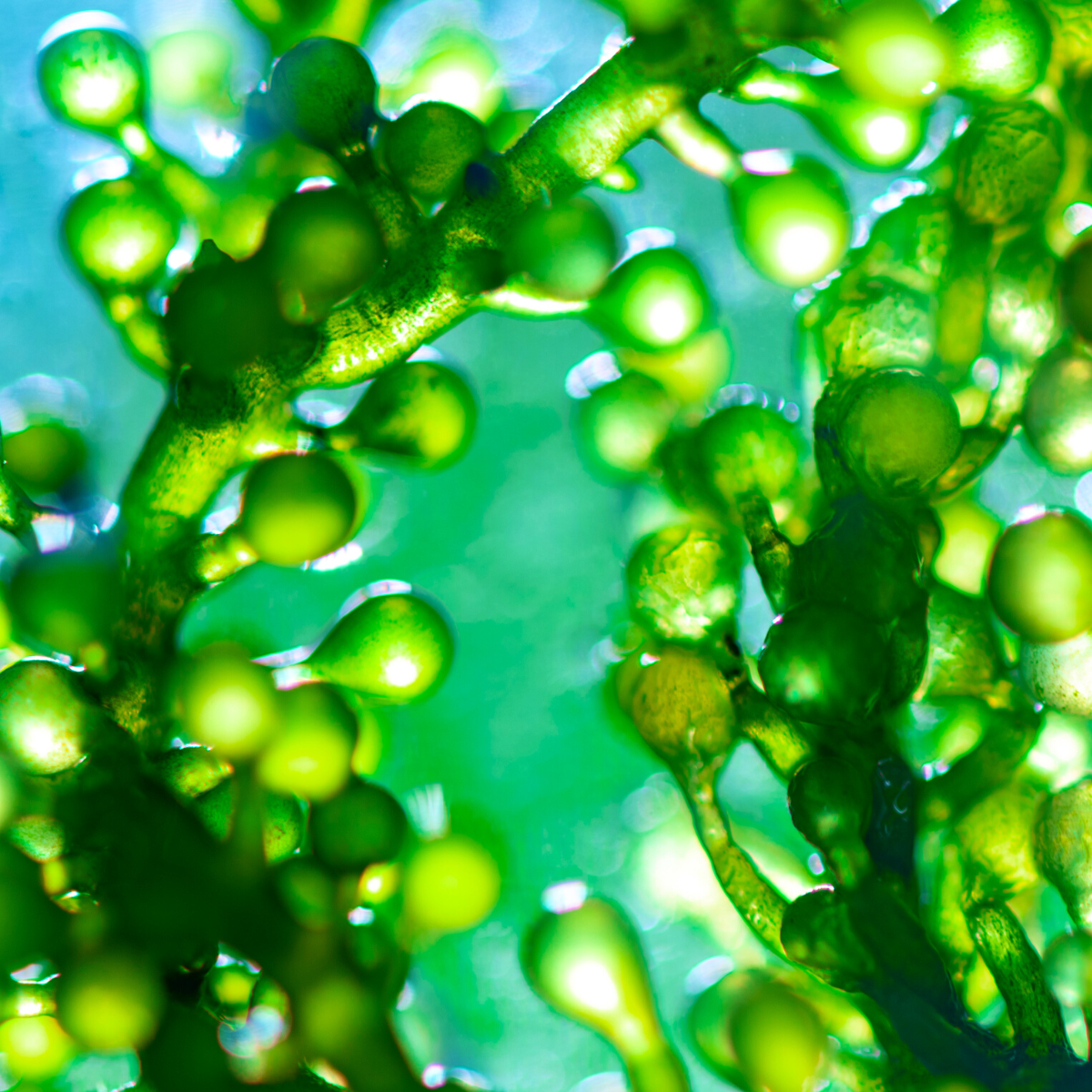S5.19 Let there be light: the origins of photosynthesis
Hello, and welcome to Genetics Unzipped - the Genetics Society podcast, with me, Dr Kat Arney. In this episode we’re turning the lights on, looking back at the origins of photosynthesis and the mysteries of the chloroplast genome.
Kat: Most of the time, when we talk about DNA or genomes on this podcast, we’re talking about eukaryotes – that’s pretty much everything on the evolutionary tree from yeast upwards, so that’s fungi, animals and plants, plus single-celled organisms called protists. The word eukaryote means ‘true kernel’ (or perhaps ‘well nutty’, depending on your attitude to Greek translation), referring to the fact that these are organisms whose DNA is packaged up within the confines of a structure called the nucleus – a kind of biological bag that can be clearly seen down a microscope as a round, or kernel-like shape inside each cell.
There are several ways to think of the nucleus: as a central library, storing the instructions encoded within DNA safely so they can’t be damaged by the hurly-burly of biological processes in the rest of the cell. Or maybe we can envisage it as a control centre, directing the activity within the cell and switching genes on or off in response to cues from a changing environment. Either way, the nucleus is the place where the action is, when it comes to genes and genomes.
But there’s far more to life on earth than eukaryotes. There’s also the world of prokaryotes – single-celled bacteria and closely-related archaea, which lack a nucleus and leave their DNA to roam free – as well as viruses, which are little more than a strand of genetic information, either DNA or RNA, packed inside a protein coat.
Sally: Are viruses really alive though?
Kat: Shush, Sally – not now. Take it to Twitter…
Anyway. This time, I wanted to take a closer look at where the lines between these worlds starts to blur. It’s time to go back – way back, to where it all began.
Solar powered: the evolution of photosynthesis
“God said, Let there be light: and there was light.”
Now, I’m not for a minute suggesting we take the King James Bible as a scientific explanation for the origins of life. But these beautifully poetic words from the book of Genesis highlight the fact that the light from the Sun has been the biggest source of energy for the Earth since the formation of the planet 4.5 billion years ago.
The Great Oxygen Catastrophe
Whatever really happened back then, the current narrative holds that the switch to using water for photosynthesis, together with the production of oxygen, came with the evolution of cyanobacteria, around 700 million years after the initial sulphurous species. Also known mistakenly as blue-green algae, these photosynthetic bugs thrive in a wide range of environments, and were the first organisms on earth capable of producing oxygen. And with them came what became to be known as the Oxygen Catastrophe, or the Great Oxidation Event, if you’re less of a drama queen.
On the Origin of Chloroplasts
It might seem that today’s photosynthesising plants are a long way from the cyanobacteria of three billion years ago, but actually they’re a lot closer than you think.
Every superhero needs a good origin story, and chloroplasts are no exception.
Ever Decreasing Circles
Finally, I want to leave the world of chloroplasts and their genomes by flagging a curious controversy that I uncovered while researching this story. Now plants – like animals – keep their DNA in the form of chromosomes that are linear strands of DNA, like a shoelace with two ends. But bacterial chromosomes are circular. Now, given that I’ve just told you that chloroplasts originated from bacteria, you’d expect their chromosomes to be circular too. And, according to pretty much everyone, they are. Or are they?
Click here to read the full transcript for this episode…
That’s all for now. Next time we’ll be continuing with the plant theme, taking a look at how climate change is affecting the foods we eat, and what role genetics - and genetic engineering - might play in ensuring we have enough on our plates in the future.
For more information about this podcast including show notes, transcripts, links, references, music credits and everything else head over to geneticsunzipped.com You can find us on Twitter @geneticsunzip and please do take a moment to leave us a rating in the Spotify app or review us on Apple podcasts - it really makes a difference and helps more people discover the show.
This episode of Genetics Unzipped was written and presented by me, Kat Arney. It is produced by First Create the Media for The Genetics Society - one of the oldest learned societies dedicated to promoting research, training, teaching and public engagement in all areas of genetics. You can find out more and apply to join at genetics.org.uk. Our theme music was composed by Dan Pollard, and the logo was designed by James Mayall, and audio production was by Emma Werner and Sally Le Page. Thanks for listening, and until next time, goodbye.








